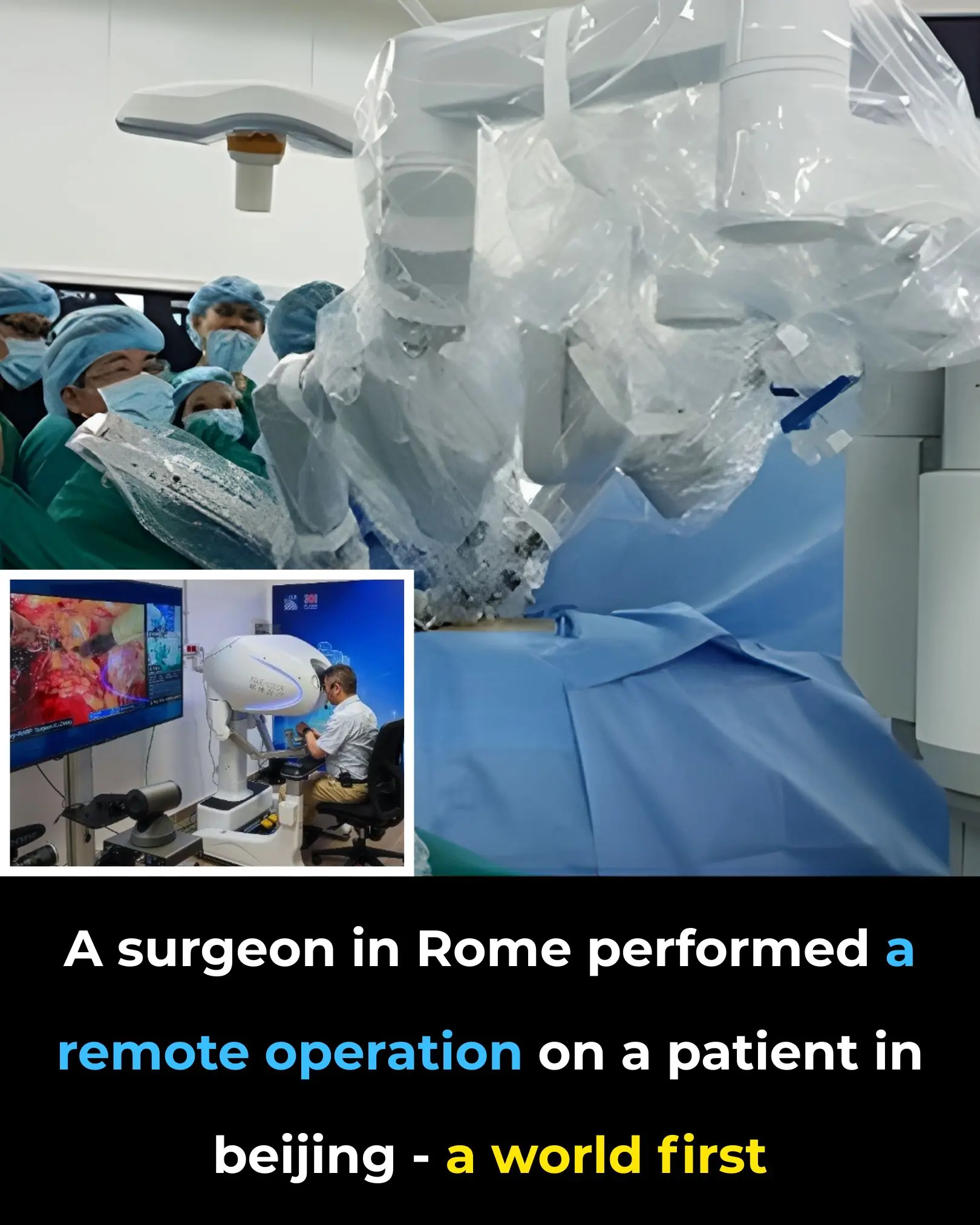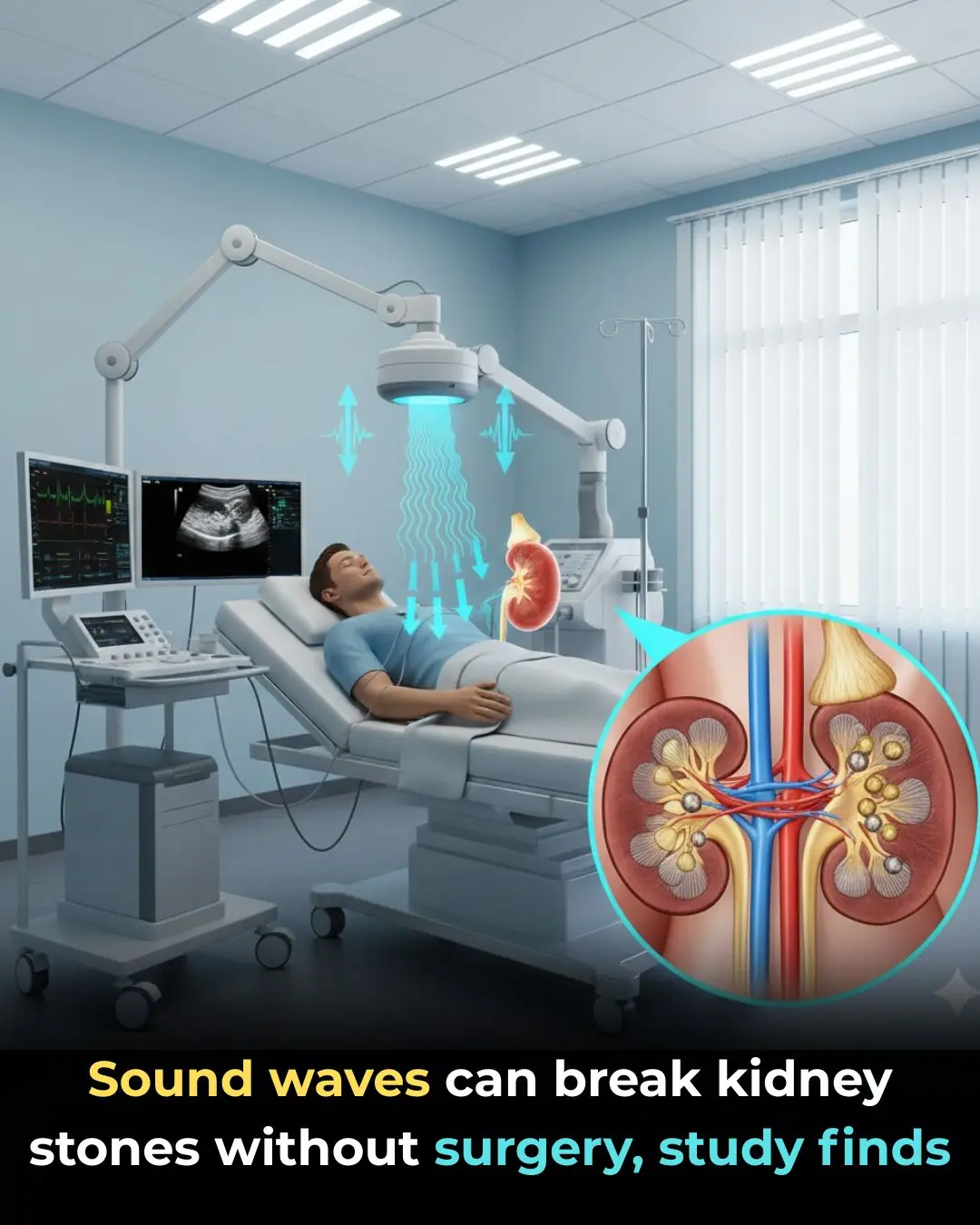
Revolutionary Magnetic Microrobots Could Transform Stroke Treatment with Targeted Therapy

Swiss researchers have developed magnetic microrobots, which are smaller than a grain of sand, capable of traveling through blood vessels to deliver clot-dissolving drugs directly to the site of a stroke. Unlike current treatments that involve administering heavy doses of medication to the entire body, these microscopic robots offer the potential for precise, targeted therapy. By using external magnetic fields, medical professionals can guide these robots through blood vessels, even overcoming the natural flow of blood, ensuring they reach the stroke site with accuracy.
Initial tests in realistic vessel models and with large animals have shown promising results, demonstrating that the robots are able to navigate narrow spaces, move along the vessel walls, and access areas that traditional medical tools would struggle to reach. Although still in the preclinical testing phase, this technology has the potential to revolutionize the treatment of strokes, offering faster, safer, and more precise interventions. This breakthrough could significantly reduce the risks associated with current stroke treatments, which often involve administering high doses of medication that can affect the entire body.
Stroke remains one of the leading causes of death and disability worldwide. Current treatments are limited and carry significant risks, as they generally require patients to receive high doses of medications that affect the entire body. These existing treatments, while lifesaving, are not without their complications. Microrobots, however, offer a highly targeted approach, which could not only minimize side effects but also speed up the process of treatment, ultimately improving patient outcomes.
One of the key advantages of these microrobots is their precision. They can deliver clot-dissolving drugs directly to the stroke site, making the therapy much more effective and reducing the chance of complications. The use of external magnetic fields to guide the robots allows for greater control, even in complex and challenging areas of the vascular system, such as in tight blood vessels or when navigating through clot-blocked regions.
While this technology is not yet available in hospitals, its development marks an exciting milestone in the field of medical robotics. Experts believe that microrobots could play a significant role in healthcare within the next decade, especially as the technology continues to improve and undergo further testing. In fact, this kind of targeted intervention could not only benefit stroke patients but also transform the treatment of other diseases where precise drug delivery is crucial.
The potential of microrobots in stroke treatment is just one example of how medical technology is advancing. As healthcare continues to evolve, we are witnessing a shift toward more personalized and minimally invasive treatments. Microscopic robots, while still in the early stages of development, represent the future of medicine—where interventions are not just robotic but also microscopic, offering unprecedented precision and safety.
Sources:
-
"Robotic Microrobots to Revolutionize Stroke Treatment," Nature Communications, 2025.
-
"Advancements in Microrobotic Medicine: Potential and Challenges," Journal of Medical Robotics and Computer Assisted Surgery, 2025.
-
"The Future of Stroke Treatment: Targeted Drug Delivery Systems," The Lancet Neurology, 2025.
News in the same category


A Simple Superfood That Enhances Your Baby's Brain Development During Pregnancy

Nature’s Defense: How Guava May Support Liver Health and Fight Cancer Cells

The Powerful Role of Eggs in Supporting Early Memory and Learning in Babies

📱 The End of Wallet Clutter: Apple’s Digital ID Revolutionizes Identity Verification and Travel

Lighting the World Without Batteries: A Teen’s Breakthrough in Thermoelectric Innovation

Judy Faulkner: The Billionaire Tech Entrepreneur Pledging 99% of Her Fortune to Philanthropy

🤝 The Collaborative AI Future: OpenAI Launches WhatsApp-Like Group Chats in ChatGPT

Unlocking Nature’s Medicine: How Fermented Stevia Could Transform Future Cancer Treatment

True Devotion in Fatherhood: The Power of Showing Up, No Matter the Circumstances

🇯🇵 Innovation with Compassion: Japan's Heated Benches Offer a Practical Solution to Protect the Homeless

🔦 Stepping into the Upside Down: How Netflix is Revolutionizing Fan Engagement with Immersive Stranger Things Experiences in London

Historic Transcontinental Robotic Surgery: Doctor in Rome Performs Live Surgery on Patient in Beijing

🧠 The Nocturnal Rinsing Cycle: Deep Sleep, CSF Dynamics, and the Fight Against Alzheimer's

When Convenience Becomes a Crisis: The Global Impact of Ultra-Processed Foods

🌊 A Paradigm Shift in Urology: Non-Invasive Shock Wave Lithotripsy Revolutionizes Kidney Stone Treatment

Targeting a Hidden Brainstem Circuit: New Breakthrough Reverses Core Autism Symptoms in Lab Models

AI Models Ignoring Human Shutdown Commands: A Growing Concern for Safety and Control

Portuguese Mother Discovers Her Twin Boys Have Different Fathers in Rare Case of Heteropaternal Superfecundation
News Post

Unlock Radiant Skin: The Ultimate Guide to Using Beetroot Gel for Glowing, Spotless Skin

Fenugreek Seeds for Hair Growth: The Power of Fenugreek Hair Rinse and Its Benefits for Hair

Japanese Milk Wax To Get Rid Of Unwanted Facial Hair

When Will I Outgrow My Acne? The Difference Between Adult and Teen Acne

5 Mascara Tips For Short Lashes

LEVEL UP YOUR LASH GAME: Top 5 Tips for Eyelash Extension Success!

Forehead Acne and What to Do About It

11 Common Eyebrow Mistakes Women Make in Their 60s (And How to Fix Them!)

How to Prevent and Treat Age Spots: Expert Tips for Radiant Skin

5 Ways Your Skin Changes as You Age and How to Keep It Vibrant

DIY Fenugreek Oil for Hair Growth – Get Thick Hair

Brow Boosting Serum: The Natural Way to Achieve Full, Thick Eyebrows

Why You Should Be Putting Salt in Your Toilet

Why Some Children Don’t Visit Their Parents Often

DIY Vaseline Cream: The 4-Ingredient Glow Hack That Makes Your Skin Baby-Soft Overnight

DIY Fenugreek Hair Masks for Hair Growth & Reducing Hair Fall

Will Americans Receive $2,000 Stimulus Checks? What You Need to Know

Revolutionary Miniature Implant Offers New Hope for Restoring Vision in Macular Degeneration Patients

A Simple Superfood That Enhances Your Baby's Brain Development During Pregnancy
